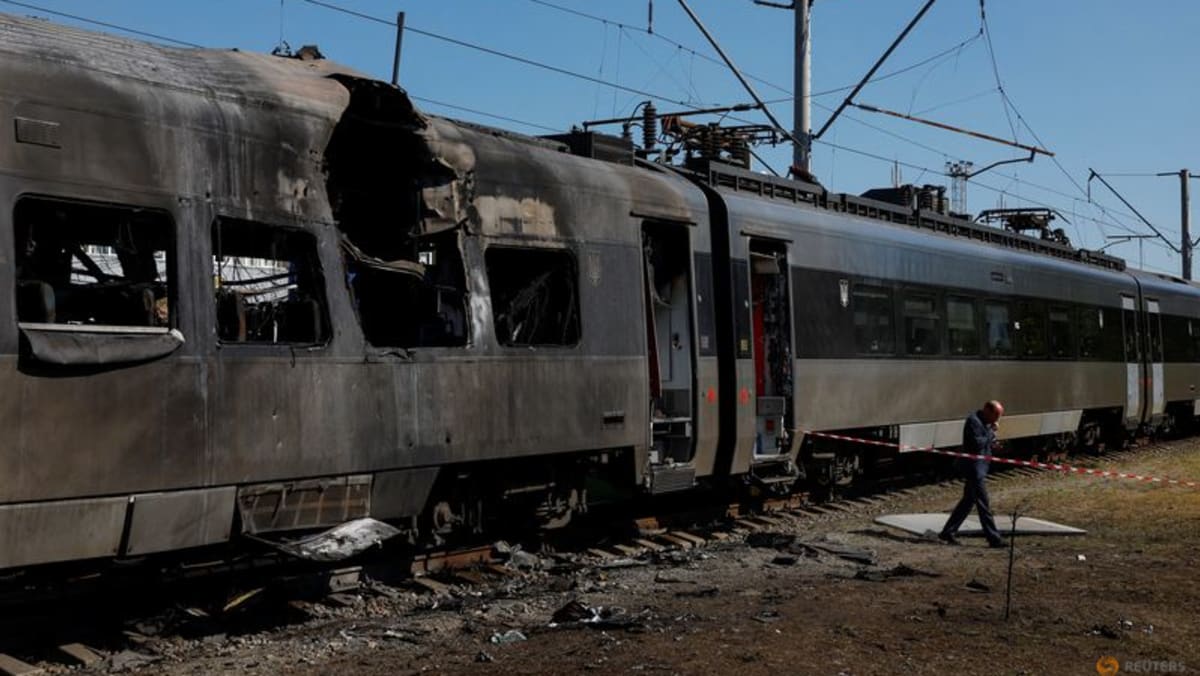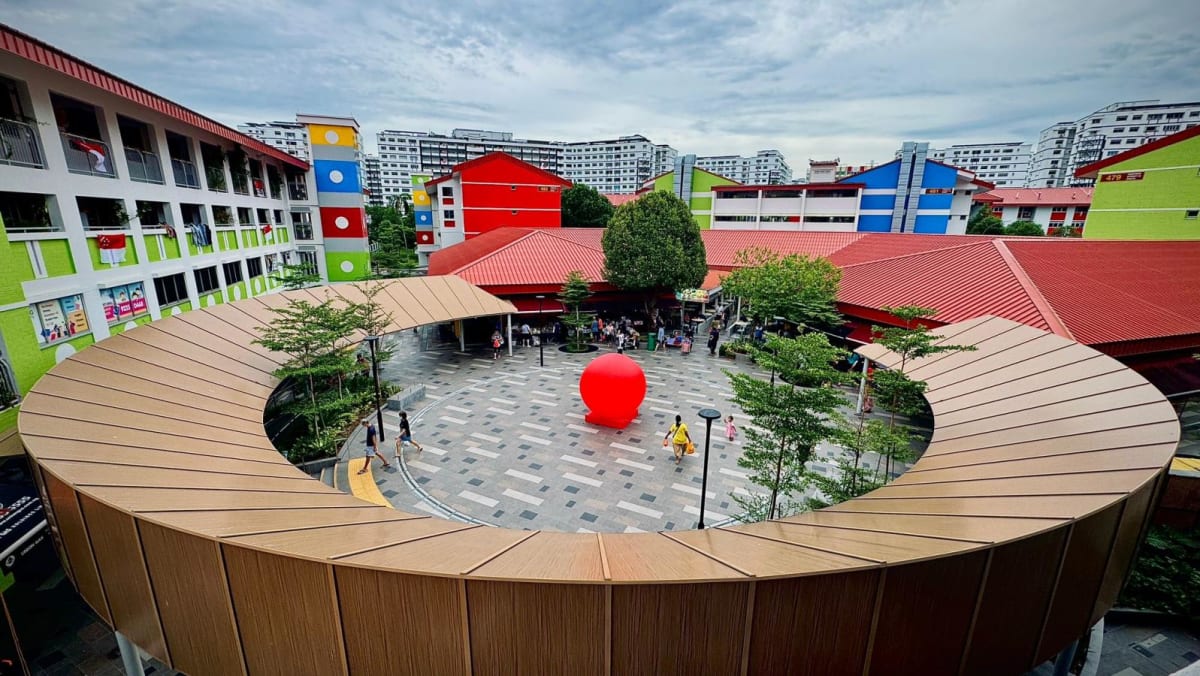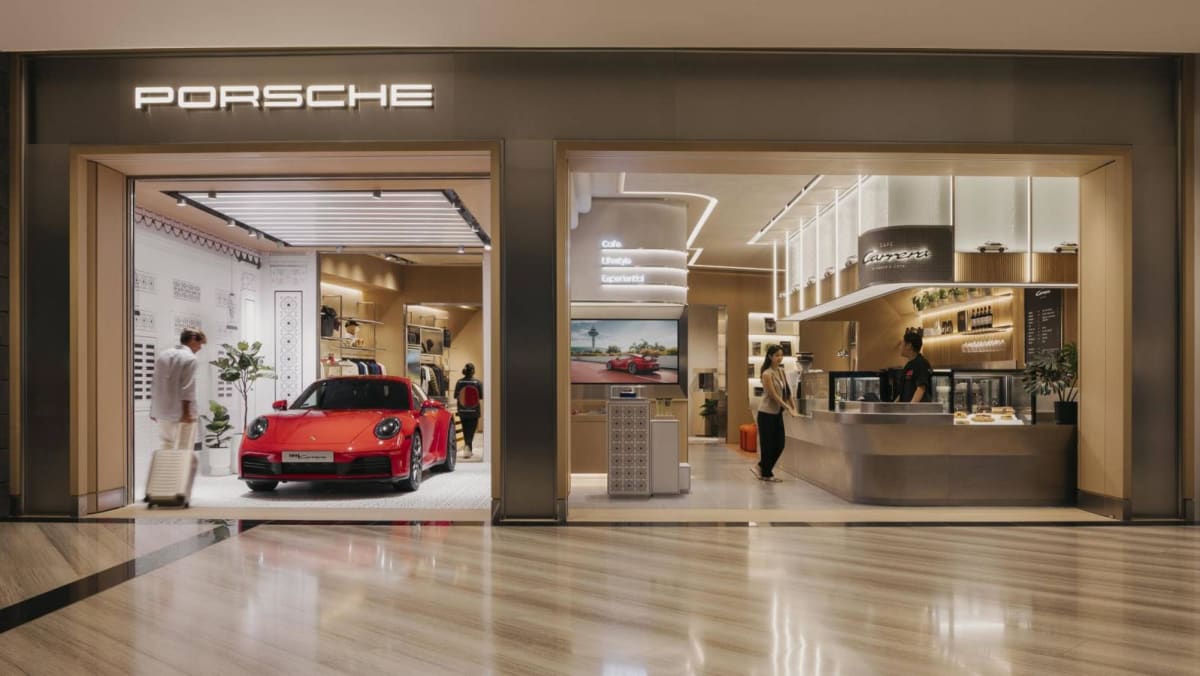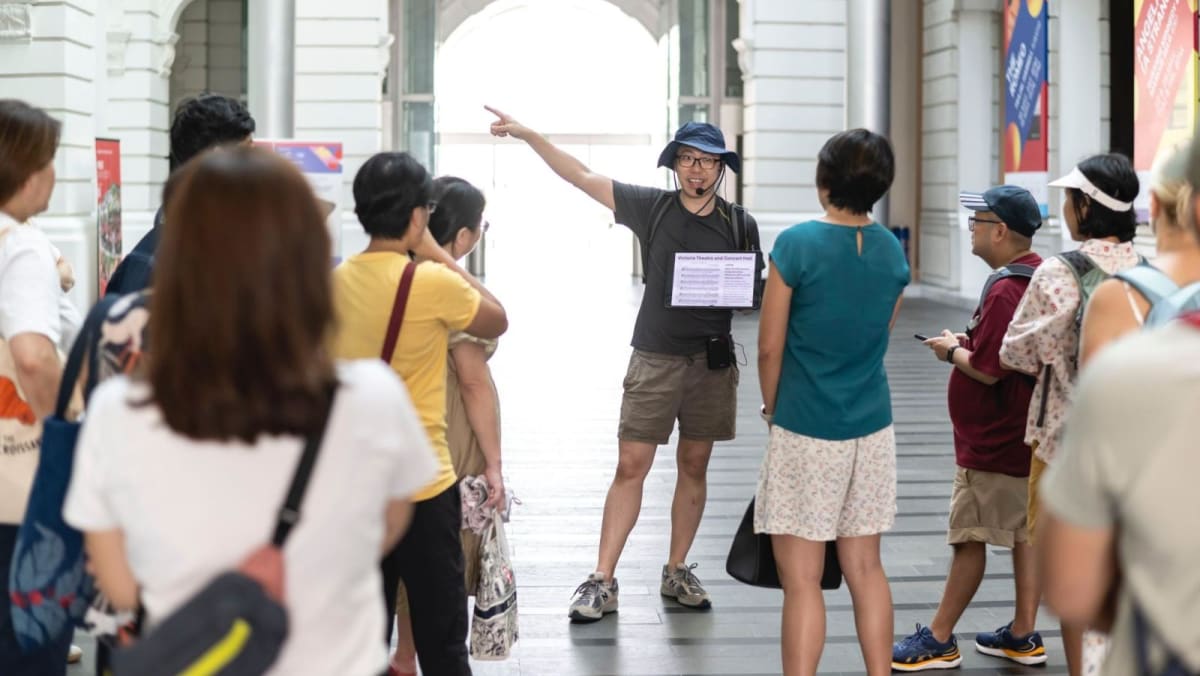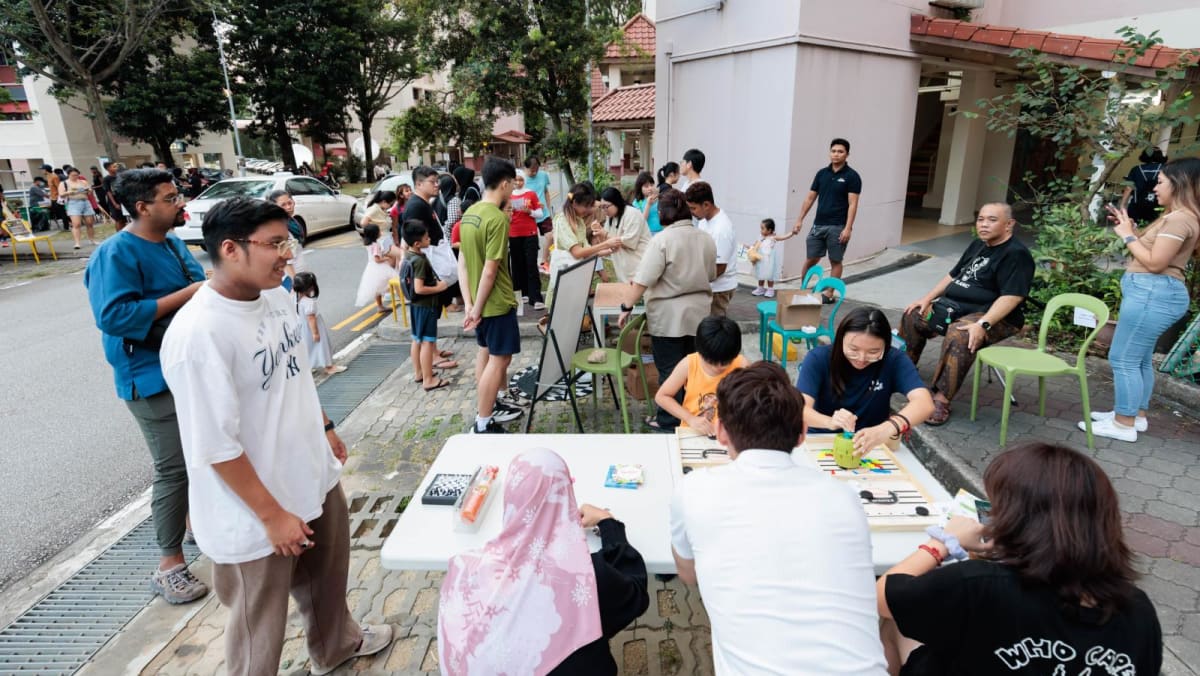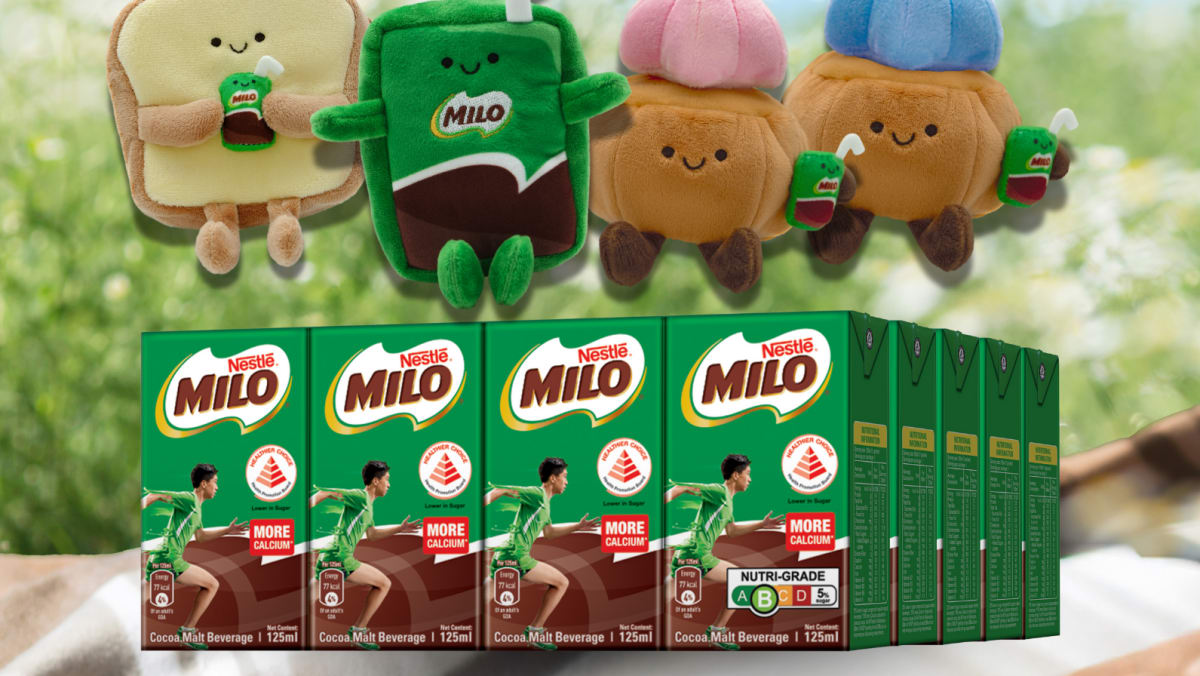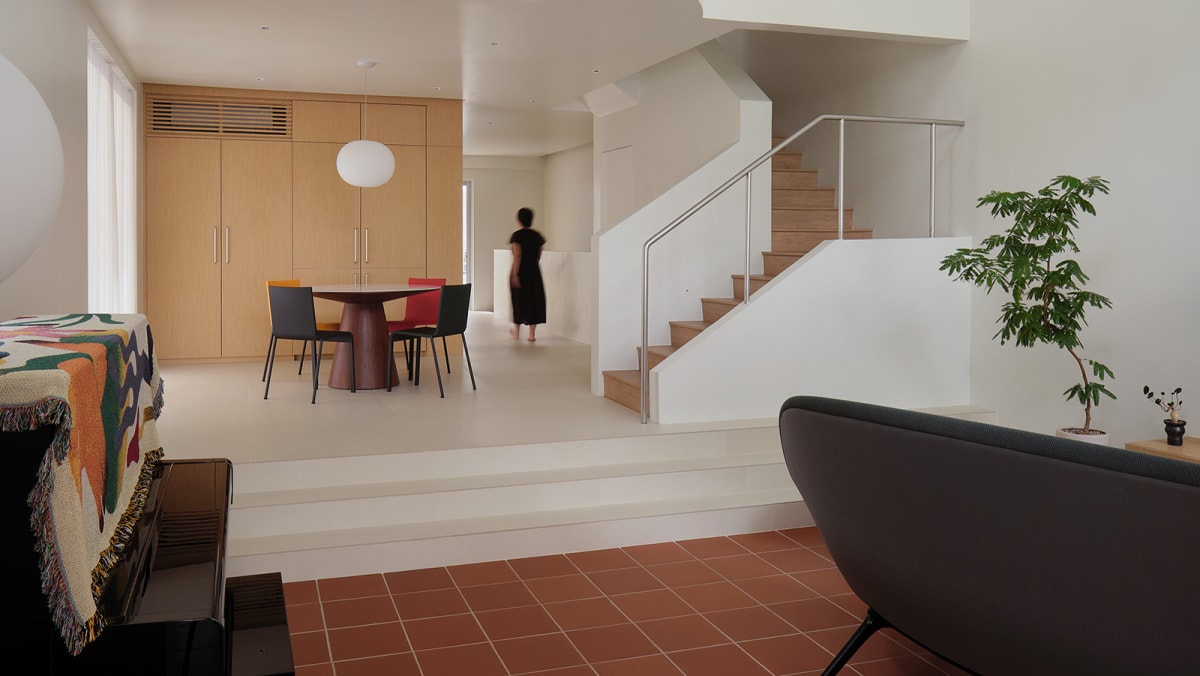What’s one object that can unify an entire country? That was the key question the trio wrestled with during the conceptualisation phase, said Francis Tan. The Merlion was the obvious national symbol, and the city skyline felt fitting in telling Singapore’s transformation story. But in the end, the answer was far more obvious.
“The red dot symbolises how Singapore struggled to become what it is today. We wanted to flood the entire city with that reminder, similar to Yayoi Kusama’s dotted pumpkins all around Japan,” he explained.
The simplicity of the mnemonic belies the effort behind it. Designing a ball to withstand heat, rain and wind was no small feat. As the air inside expands and contracts with the weather, it has to be made of tri-layered PVC with a little elasticity. They also need weekly maintenance to keep them looking plump, and replacements are deployed within 24 hours if necessary.
The bigger challenge was the red tape, starting with an engineering certification to prove the balls could be safely secured. The 5-metre blue ball outside UOB Plaza, for instance, had to be anchored with a 2-tonne weight to prevent it from being blown into the Singapore River.
Then came the arduous process of securing approvals. Because the balls were installed on both public and private land, the team had to obtain clearance from a long list of authorities, ranging from government agencies to mall operators.
“It was really quite a journey. Thankfully, our stakeholders were all very supportive because they wanted to see the red balls as part of the SG60 celebration,” said Kwek.
Making sure the heartlands were not left out was just as important, added Adrian Tan, who wanted Singaporeans in every corner of the country to feel a sense of national pride when they saw them.
“This was by no means easy, but we took a bottom-up approach by speaking to many MPs. They were very encouraging and said, we love it. Let’s go.”

